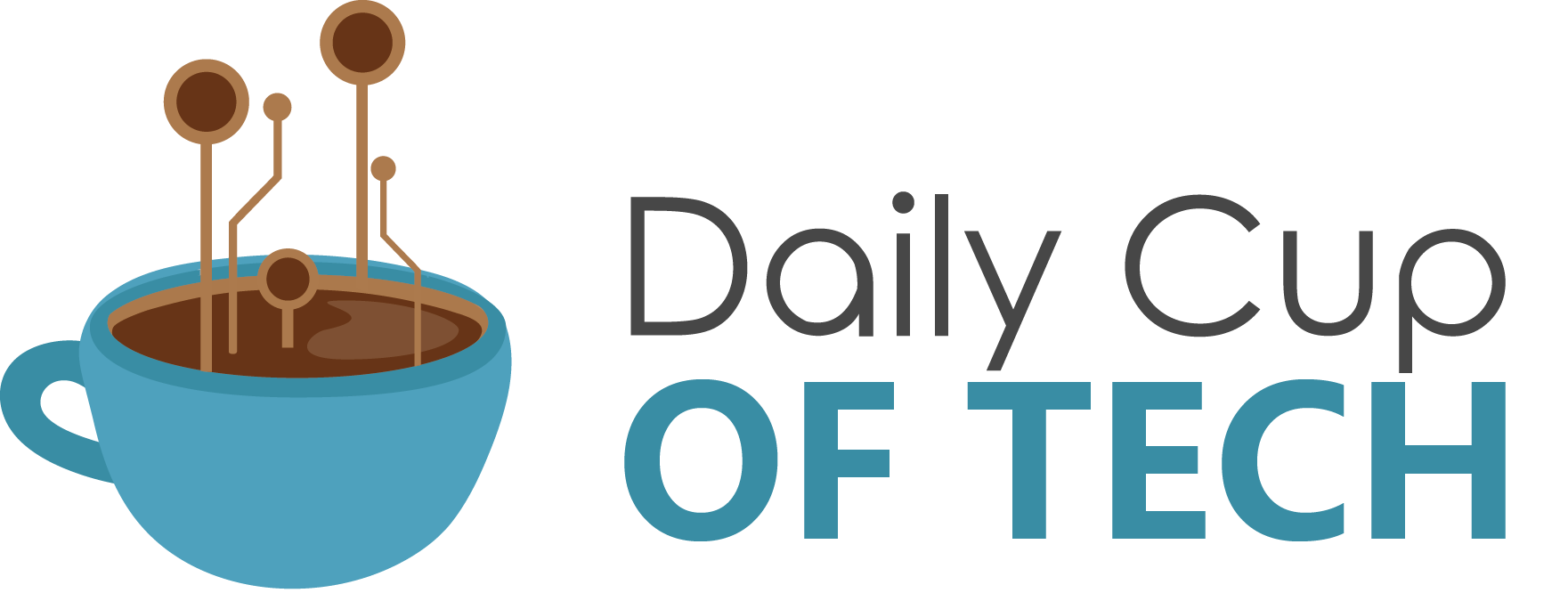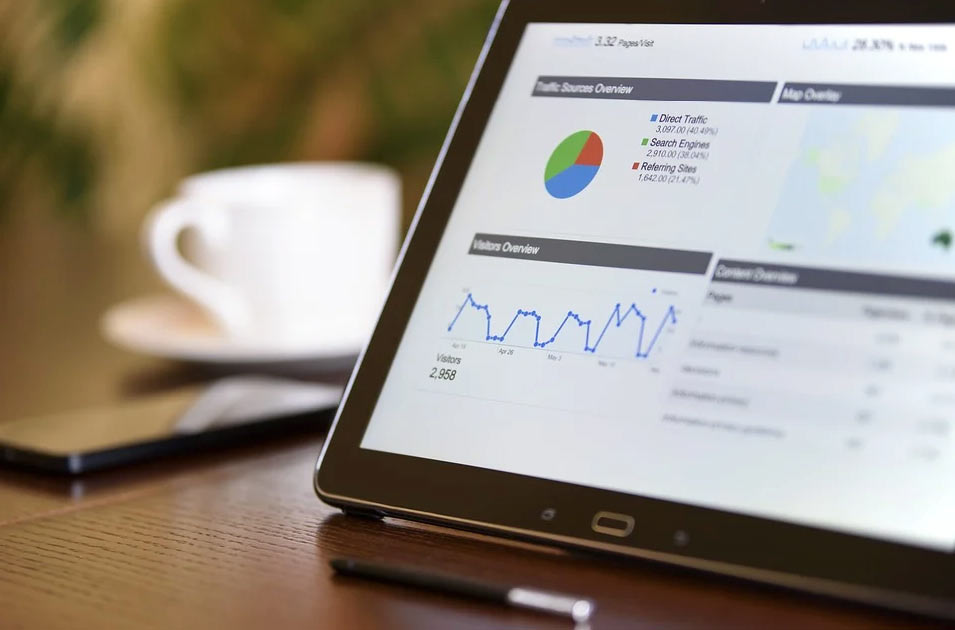
How to Maximize Your Startup’s Marketing Potential in 2024 and Beyond
Consumer preferences and the market are changing day by day. Along with these, technology is advancing too. In such a situation, it’s very important for startups to stay competitive to survive and thrive. The year 2024 presents entrepreneurs with both challenges and opportunities to maximize their marketing potential.
5 Tips to Maximize Your Startup’s Marketing Potential in 2024 and Beyond
Let’s have a look at some strategies that could help startups thrive in the dynamic marketing environment of 2024 and beyond.
#1. Embrace Data-Driven Insights
Using data-driven insights, startups can divide their audience into groups based on factors like age, where they live, what they like, and how they buy. This helps startups make specific and personal marketing campaigns that connect better with each customer, leading to more interaction and sales.
Startups can determine which marketing method – including social media, emails, search engine optimization (SEO), paid ads, or others – is the most effective one to reach their target customers by observing how well these marketing methods work. This helps them spend their marketing money wisely and concentrate on the methods that work the best.
Data-driven insights also enable startups to leverage predictive analytics to forecast future trends, customer behavior, and market opportunities. Startups can enhance their decision-making process regarding marketing strategies, product development, and business expansion plans by examining past data and employing algorithms.
#2. Prioritize Content Marketing
Content marketing helps startups attract organic traffic to their website and generate leads. By optimizing content for relevant keywords and topics, startups can improve their search engine rankings and increase visibility in organic search results. If your content addresses the needs and interests of the target audience, it can easily attract inbound traffic from social media, email newsletters, and other channels. This results in higher engagement and conversion rates.
By creating informative and educational content that addresses common questions, challenges, and pain points faced by their audience, startups can position themselves as trusted advisors and problem solvers. This helps nurture leads through the sales funnel and build stronger relationships with customers over time.
Compelling and shareable content can spark conversations, drive engagement, and encourage social sharing among target audiences. Startups can leverage various content formats such as interactive quizzes, polls, contests, and user-generated content to encourage audience participation and interaction.
Startups can also include social sharing buttons and calls-to-action in their content to make it easy for readers to share content with their networks. This will improve the reach and impact of the startup’s message.
#3. Leverage Artificial Intelligence and Automation
Chatbots and virtual assistants powered by AI technology can automate customer interactions and provide instant support round the clock. Startups can deploy chatbots on their website, social media channels, and messaging platforms to answer frequently asked questions, assist with product inquiries, and facilitate seamless transactions. By automating routine customer service tasks, startups can free up resources and focus on more strategic initiatives to grow their business.
AI-driven predictive analytics enables startups to forecast future trends, anticipate customer needs, and identify potential opportunities and risks. Startups can use past data and machine learning algorithms to determine how customers will behave, predict market trends, and understand competitive dynamics. This insight empowers startups to proactively adjust their marketing strategies, optimize resource allocation, and stay ahead of the competition.
Marketing automation platforms powered by AI technology enable startups to automate repetitive marketing tasks, such as email marketing, lead nurturing, and campaign management. Startups can use features like automated workflows, behavior-based triggers, and dynamic content personalization to deliver the right message to the right audience at the right time. By making manual tasks and workflows automatic, startups can save time, work better, and get better results with their marketing efforts.
#4. Embrace Influencer Marketing
Source: FreePik
Influencers are seen as trusted authorities within their respective communities. When an influencer recommends a product or service, their audience is more likely to trust and value their opinion. When startups team up with trustworthy influencers who support their brand, it helps them gain trust and credibility with the people they want to reach.
Influencers often share personal experiences, stories, and testimonials about products or services, making the brand message more authentic and genuine. The creativity level and authenticity of the influencers help startups create content that is attention-grabbing from the word go. This will get people involved and make them more likely to buy or do what the startup wants.
Startups can collaborate with influencers to create diverse and engaging content (photos, videos, blog posts, and live streams) that showcases their products or services in a creative and captivating manner. Diverse content formats can cater to different preferences and consumption habits of the audience. Storytelling techniques can effectively communicate the brand message and value proposition to the target audience.
#5. Focus on Omnichannel Marketing
Omnichannel marketing integrates various channels and platforms to create a seamless and cohesive customer journey. Startups should track customer interactions and behaviors across channels by using technologies such as customer relationship management (CRM) systems, marketing automation platforms, and data analytics tools. This integration allows startups to deliver targeted messages and offers to customers based on their interactions and preferences, increasing the level of engagement and conversion rates.
Omnichannel marketing enables startups to engage with customers at multiple touchpoints throughout their journey. Startups can offer customers opportunities to engage with the brand and make well-informed buying decisions through various channels like social media, email marketing, mobile apps, and in-store experiences.
Final Thoughts
Startups need to stay agile and adaptive. They must put customers at the center of all decision-making processes. Startups should customize their marketing strategies based on their customers’ needs, preferences, problems, and feedback.
Startups need to be ready to adjust their marketing plans and methods quickly in response to immediate feedback and performance data. Whether it’s adjusting messaging, reallocating budget, or experimenting with new channels, startups must be flexible in their execution to respond to changing market dynamics and customer needs.
Author Bio
Andy Beohar is the Managing Partner at SevenAtoms, a leading B2B demand generation agency. SevenAtoms is dedicated to driving growth for SaaS and B2B businesses through innovative and optimized paid search and is recognized by Google as a Google Premier Ads partner. At SevenAtoms, Andy plays a strategic role in managing paid search campaigns. Let’s connect on LinkedIn and Twitter!











